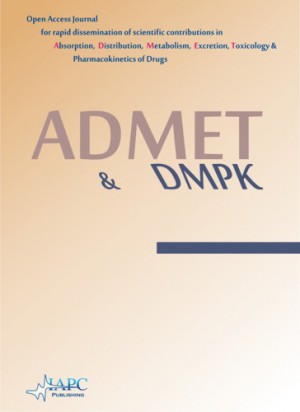
ADMET & DMPK
Yazarlar: Hong Yuan, Serik Tabarak, Jing Yu, Xu Lei
Konular:-
DOI:10.5599/admet.3.3.199
Anahtar Kelimeler:Individual diversity,Cortical morphology,Educational level,Current distribution,Cognitive training
Özet: The use of transcranial direct current stimulation (tDCS) as a noninvasive therapeutic approach for Alzheimer’s disease (AD) has gained increasing attention. Research regarding the utility of tDCS in AD is inconsistent. In this study, we reviewed the importance of individual diversity among AD patients, starting from the uninformative mean results. We also demonstrated variation among AD patients. Highly educated patients seem to benefit more; education also seems to modulate baseline measurements and the results. Individual cortical morphology also affects the current distribution, which influences the effectiveness of stimulation. We suggest the use of structural MRI to distinguish inter-individual variability; high-resolution modeling can also be used to predict current distributions and should be combined with cognitive training (CT) along with tDCS.